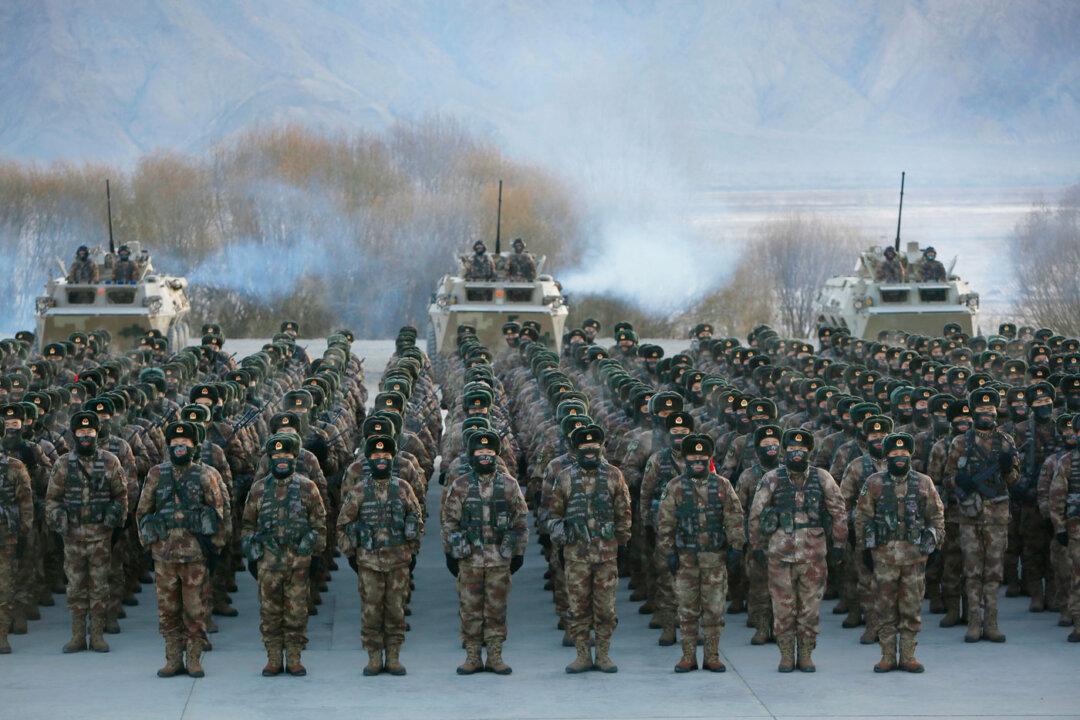MPs are calling for federal government countermeasures against China’s targeting of Canadian innovation for theft as it tries to gain an edge for its own military and technological development.
China’s “ultimate goal” is to “substitute foreign technology with indigenous development and to achieve dominance in key sectors across the board,” she said, adding that “Chinese technology acquisition abroad is tied to the modernization of its military, as many of the technologies are of a dual-use nature.”
Several witnesses noted that China’s efforts have become more extreme in recent years under the leadership of Xi Jinping, who came to power in 2013. While similar malign activities were conducted by malign state actors, Beijing is recognized as the most prevalent in technological theft and foreign interference, experts say.
He added that over the years, Canadian tax dollars, public research funding, and universities have been systematically leveraged to support research and technology that benefit authoritarian states hostile to Canada.
China’s Strategies
In the pursuit of its objectives, China employs a “holistic approach” to technology development, blurring lines between public and private sectors, civilian and military domains, the report said.Beijing’s “military and civil fusion,” as outlined in the Chinese Communist Party’s 13th five-year plan, was cited as an example in a written submission to the parliamentary committee from Anna Puglisi, a senior fellow at Georgetown University’s Center for Security and Emerging Technology in the United States.
The plan specifically calls for a “cross-pollination of military and civilian technology in areas not traditionally seen as ‘national security issues,’ such as quantum telecommunication and computing, neuroscience and brain-inspired research,” and states that such projects will be supported by foreign outreach initiatives, she wrote.
China’s approach also involves mobilizing all possible stakeholders, the report notes. It quotes David Vigneault, the director of CSIS, as saying that “all parts of that government are involved in seeking information, either openly or surreptitiously, in order to serve the interests of the Chinese Communist Party.”
Several laws adopted in recent years require Chinese citizens to “respond to the PRC’s government or security services if they are asked for information or data,” Mr. Vigneault said.
The report also notes that expert witnesses mentioned that China uses concealment strategies to hide some of its activities. For example, some partners hide their affiliation “in order to be able to donate money and contribute to research projects that can lead to threats to Canada’s security.”
Recommendations
The parliamentary report offers a series of recommendations to address the threat posed by China’s technology acquisition efforts and interference in Canadian universities. These include ensuring sufficient research funding for post-secondary institutions to reduce reliance on potentially compromising foreign investment.The government should also actively assist postsecondary institutions to adopt measures aimed at protecting researchers and students from foreign interference on campuses, the report stated. Additionally, these institutions are encouraged to improve transparency in their partnerships with foreign entities, such as through broadening the Government of Canada–Universities Working Group membership to include private research stakeholders.
The report also recommends the government adopt enforcement measures to ensure Canadian institutions’ compliance with the National Security Guidelines for Research Partnerships along with the policy on sensitive technology research partnership. Additionally the report urges the review of funding granted for research to ensure security compliance for smaller institutions.
A broader inclusion of stakeholders in governmental working groups and regular reporting on policy implementation and awareness-raising efforts are also recommended in the report.






